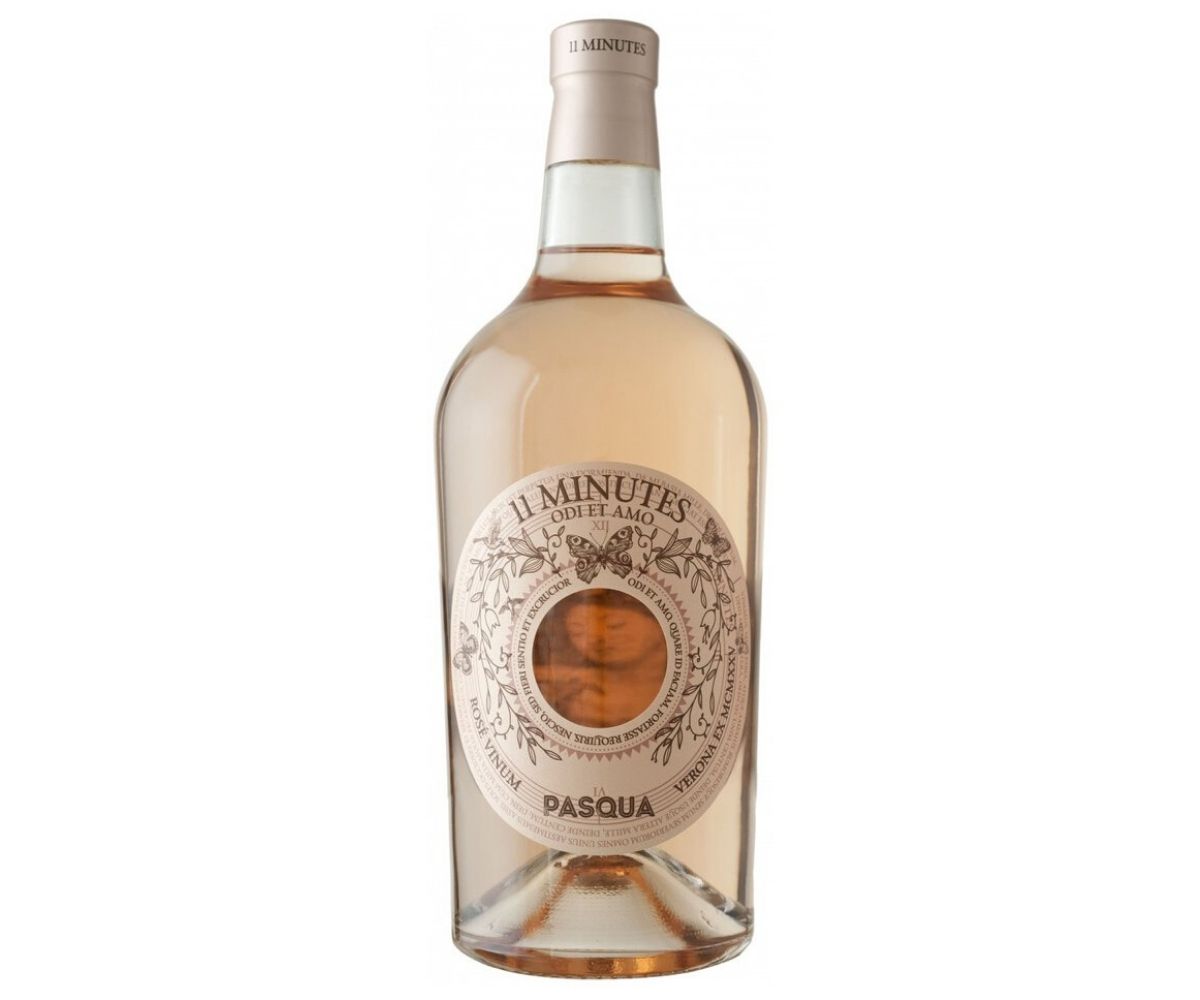Could this be your new go-to bottle of rose?

THE Italian city of Verona lies in the country’s northeast and is one of the regional capitals of the Veneto district.
Made famous by Shakespeare who used it as the setting for the Romeo and Juliet story, it’s now a mecca for tourists who seek out its art, architecture and history.
For the oenophile, there’s also much to offer with a range of native varietals such as corvina (also known as corvina Veronese), garganega (the primary varietal used in Suave wines), and glera (the main grape used to make prosecco) widely available at the local wine shops and trattorias.
When I visited the city and undertook some “research” at local wineries in 2017, I was surprised by the abundance of Bordeaux varietals that could be found at the outlets of local producers.
Merlot was on offer at even the most dyed-in-the-wool traditional wineries and, very often, sat side-by-side on the shelves with cabernet sauvignon and cabernet franc.
The proliferation of the French grapes was apparently a product of phylloxera which wiped out the native species in the mid-19th century, and they never really regained the degree of prominence that they once enjoyed.
It’s fair to say that the Veronese wines were far less fruit-forward than what we typically find in Australian wines, but also had firm tannins in many of the reds and ample acids in the whites. It certainly wasn’t hard to find a bottle worthy of being taken home to be used for medicinal purposes later in the evening.
Against this background, it brought a wry smile when I saw a post by a Facebook friend which showed a photo of her coronavirus- induced home delivery meal accompanied by a bottle of what she described as her “favourite” rosé – the 11 Minutes 2018 Rosé, by the Pasqua Family.
It’s a wine that hails from Verona but is widely available in Australia as it’s carried by a number of the major outlets and distributed by Global Food & Wine.
You’ll remember it if you’ve ever opened a bottle, as it’s one of only a handful at the bottle shop that is sealed with a glass cap closure, and there’s also the optic surprise of the squat shape of the wide-bellied bottle.
As rosé goes, the wine is perhaps less pink and more off-salmon. It’s a blend of corvina trebbiano, shiraz and carmenère, but the corvina dominates as it accounts for about 50 per cent of the fruit.
The wine’s moniker is earned from the length of time that the grapes spend in skins after being gently pressed – enough time to impart some colour but not long enough for tannin and seed to mask the fleshy fruit characters or overbear the steely acids.
According to the winemaker, the corvina has been allowed to be the principal grape as “it is one of the principal cultivars in our territory and for the floral aroma it gives the wine as well as guaranteeing significant acidity”.
And there’s little doubt about the claim to ample acidity.
I guess you’d best describe it as a delicate wine, and one which would work well with subtly flavoured foods.
There’s enough pink lady apple, raspberry and green nectarine characters to enthuse the tastebuds, while the acid and tannin ensures that there’s a tight line held through a lingering conclusion.
I can well understand why my friend Noelene makes it her go-to rosé.
Best of all, it’s not ridiculously expensive at $30 – $35 a bottle retail.
It’s a zippy style that will have you recalling your Shakespearean studies before you know it. “What’s in a name? That which we call a rosé. By any other name would smell as sweet.”